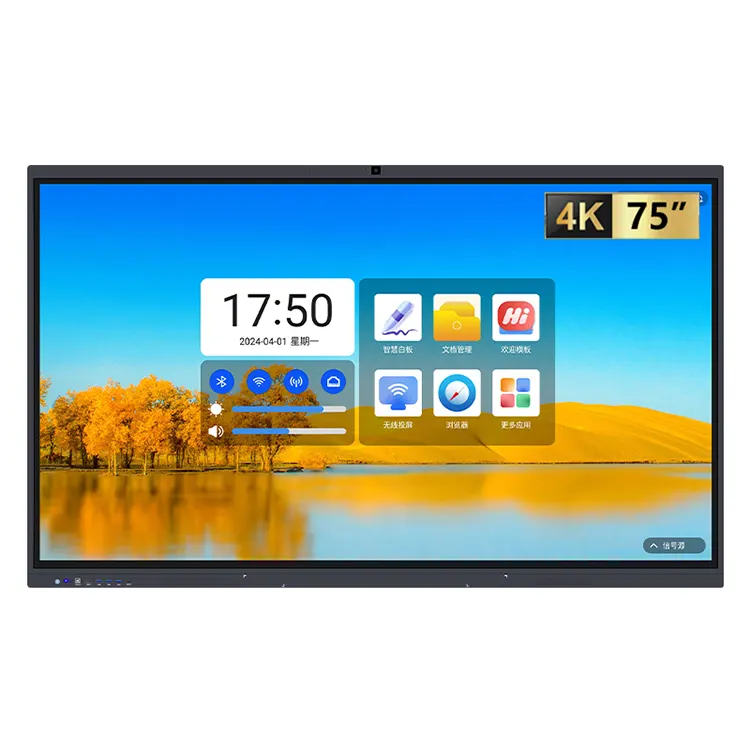How Interactive Displays are Transforming Education
2024-12-13
Interactive displays are revolutionizing the way we teach and learn, offering a dynamic and engaging platform for students and educators alike. These digital tools are more than just touchscreens—they are versatile hubs for collaboration, creativity, and innovation.

What is an Interactive Display?
An interactive display is a large touchscreen device that allows users to interact with content directly. Combining the functionality of traditional whiteboards with the power of advanced digital tools, these displays are perfect for classrooms, meeting rooms, and training environments.
Key Benefits in Education
1. Engagement and Participation
Interactive displays enable students to engage with lessons more actively. Whether it’s solving math problems, drawing diagrams, or brainstorming ideas, the tactile interaction boosts focus and participation.
2. Versatility
Educators can present multimedia content, annotate directly on the screen, and access a wealth of online resources—all from a single device. This versatility enriches lessons and caters to diverse learning styles.
3. Collaboration
These displays allow multiple students to work on projects simultaneously, encouraging teamwork and problem-solving.
4. Accessibility
Interactive displays often come with features like screen magnification, voice commands, and real-time translations, making education more inclusive.
Applications in the Classroom
- Interactive Lessons: Teachers can incorporate videos, quizzes, and games to make learning more enjoyable.
- Remote Learning: Many displays support integration with video conferencing tools, ensuring seamless learning experiences for remote students.
- STEM Education: Interactive displays are excellent for coding, engineering simulations, and science experiments, bringing abstract concepts to life.
The Road Ahead
As technology continues to evolve, interactive displays are expected to incorporate AI, augmented reality (AR), and virtual reality (VR) to further enhance learning experiences. These innovations will make education more immersive, personalized, and future-ready.


